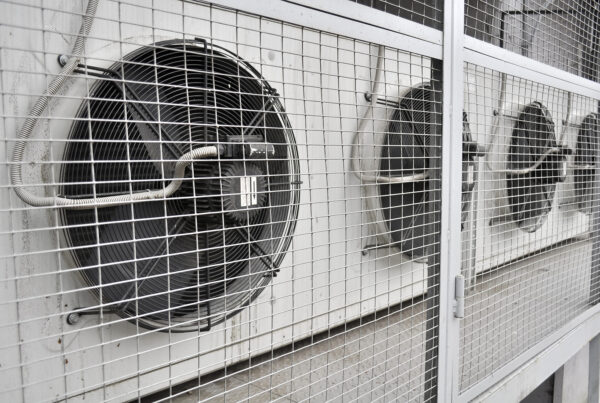Sound is absorbed, diffused, or reflected. Reflections from room boundary surfaces can confuse our stereo or home theater sonic presentation at the listening position. One way to minimize reflections is to use a sound absorption solution.
A sound absorption solution to this reflection control issue is probably the most common approach used because sound absorbing materials are inexpensive and plentiful. Most materials are readily available and can be purchased at most home improvement stores.
One must be careful in the use of sound absorbing materials. Too much sound absorbing materials can take the life out of our presentations and contribute to a “dead” sounding room. Once sound energy is absorbed, it is converted to heat and lost forever. We don’t want to lose too much energy in order to control it when creating a sound absorption solution.
In this video by our Chief Product Designer and Acoustic Engineer, Dennis Foley, explains this concept further.
Instead of using a sound absorption solution to minimize reflections in our home theater, recording studios, and personal listening rooms, one should consider a balance between absorption and diffusion materials. This combination of methods can minimize reflections through sound absorption materials and also provide the “air” in our presentations by diffusing the remaining energy throughout our listening or monitoring positions.







